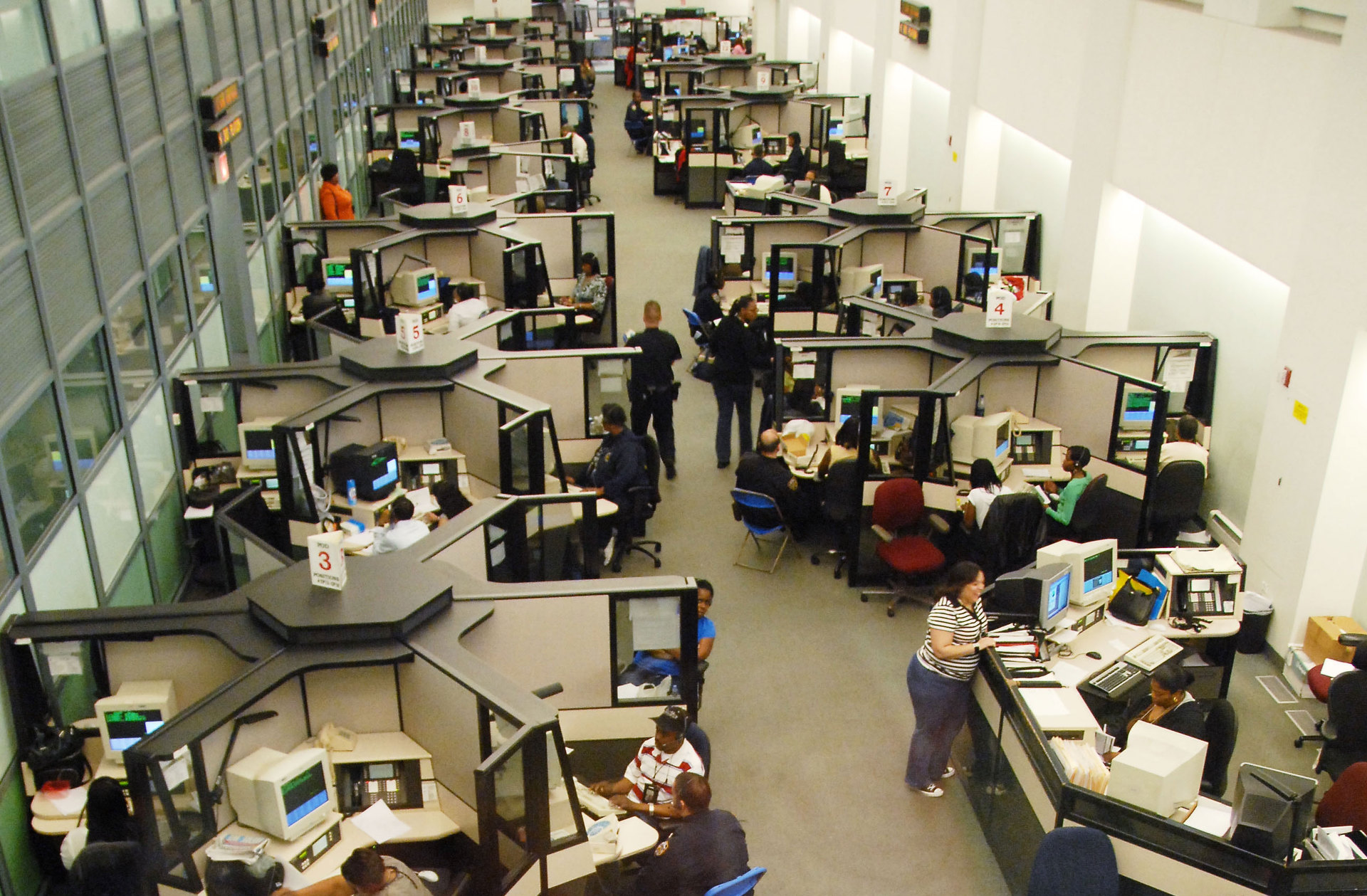How call centers use behavioral economics to influence customers
- Transfer

The next time you call the call center, listen carefully to what your interlocutor says. It is very likely that you will be called several times by name, show sympathy, perhaps apologize. It's nice to think that the company representative is really worried about you - however, the girl from the call center is most likely just following the script. As our study showed, the use of such a technique is not always a good solution. In a recent article for HBR entitled “ Stop trying to please customers, ” we looked at how customer service affects brand loyalty, including the role of managing the emotional side of user interactions. The following are a few additional insights on this sensitive topic.
When it comes to communication between a call center representative and a client, most companies still cannot get rid of an approach that focuses on the employee performing a set of actions from a certain list. First, a standard greeting ... check the list ... repeat the customer’s name three times ... check the list again ... show him that his problem is important to you ... another check ... ask if you could completely solve the problem ... check again, and again, and again.
Most companies will tell you that it is important to be consistent in this matter. But, let's recognize that this sequence fosters communication “on the machine”, which does not entail the client's feeling that he managed to do everything without difficulty and does not tie him to the company.
We have seen how companies move away from this “one for all” approach and begin to take a more creative approach to training call center employees: they are asked to choose from different answer options and, in some cases, to use approaches based on the provisions of the behavioral economy so that radically change the way the client perceives interaction with the company.
Take, for example, the Orsam Sylvania case, an example we examined in a previous article. In this company, employees are taught to avoid words with a negative connotation (for example, “impossible”, “impossible”) and phrases that prevent productive communication (such as the phrase “this is our business”) in the most standard formats of service interaction. This allowed them to achieve a reduction in the Customer Effort Score (CES, the customer’s effort indicator, the less the client should make efforts to solve the problem, the lower this indicator and the higher the brand’s loyalty on the consumer’s side) by 18.5% compared to the average value for industry.

Not so long ago, we conducted a series of experiments on two different consumer groups in order to better understand the effect of word choice on customer interaction:
In one experiment, a company employee needed to authorize a client’s bank account before he could get the opportunity to transfer funds. When an employee simply said: “You won’t be able to transfer funds until you complete the steps to authorize your account ...”, customers rated their work significantly lower than when the call center specialist built the phrase like this: “Let me help you authorize your account. .. ". Despite the fact that the meaning of the phrase does not differ much, customers rated the latter option as 82% better and requiring 73% less effort from themselves.
In another experiment, customers were told that they needed to bring their new bikes to a certified repair center. The quality of work of a specialist who simply stated: “You better bring a bicycle to a repair center” was rated much lower than the work of an employee who noted that he would “give feedback to the assembly department”, “check the base to make it possible to do minor repairs "And in the end," recommended to bring the bike to the repair center. " The latter option was considered 67% better and requiring 77% less effort from the client.
This approach goes beyond traditional customer communication skills. It is based on attention to the choice of language constructions, which allows you to most effectively formulate phrases. This is not just empathy - it is precisely calculated and precautionary behavior. We call this active user experience shaping.
We have observed other approaches to the formation of user experience, in addition to a simple selection of words. For example, LoyaltyOne (also mentioned in the article) practices an approach called alternative positioning. This approach is based on obtaining and studying basic information about the client in the process of interaction and using this information to change for the better the client’s attitude to the options that the employee offers him. An internal study of the company showed that according to customers, the quality of service using this practice increased by 15%.
There is nothing revolutionary in alternative positioning - in fact, sellers have demonstrated the characteristics of the product in a light favorable for a particular client since the time the trade started. But the use of this method in service scenarios looks quite innovative and few are ready to use this approach.
Along with this, we have seen how similar techniques can turn into dubious practices, the ethics of which can be called into question. Representatives of one airline (which we will not call) have recently admitted to us that they "caught" some of their best support specialists using similar techniques to avoid scandals with customers due to canceled flights.
Imagine, for example, that your flight at 11 am canceled, and tomorrow morning you need to be in another city. But there are empty seats for the evening flight. Where most specialists say: “I can book tickets for you at 9 pm,” others, knowing full well that the nine-hour flight is open for booking, but wanting to manipulate the customer’s reaction, they can say: “Well, I can reserve seats for tomorrow’s flight at 7 in the morning, but let me see if I can find a seat for the flight early, it will depart at 9 pm today. ” This user experience shaping technique is called the “anchor effect”. A less acceptable option creates a mental anchor, making the alternative more attractive. Instead of worrying that your 11-hour flight has been canceled, you will most likely be happy
From an ethical point of view, companies usually do not have difficulty accepting the idea of replacing negative phrases with neutral ones or asking employees to demonstrate more active assistance to the client. But aren't those who use the anchor effect to build a positive user experience go too far? In our experiments, we tested similar approaches, and they certainly worked, but in our opinion, this is an area in which it is very easy to cross the line of ethics.
